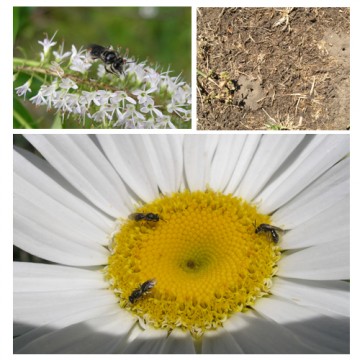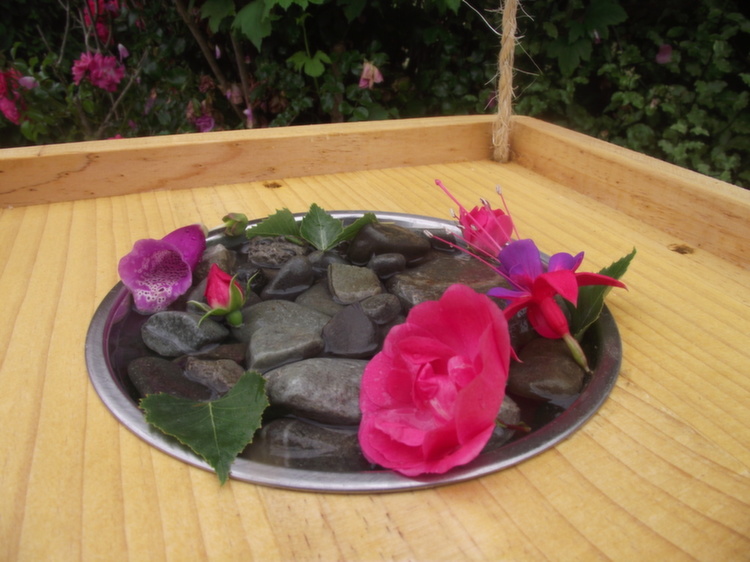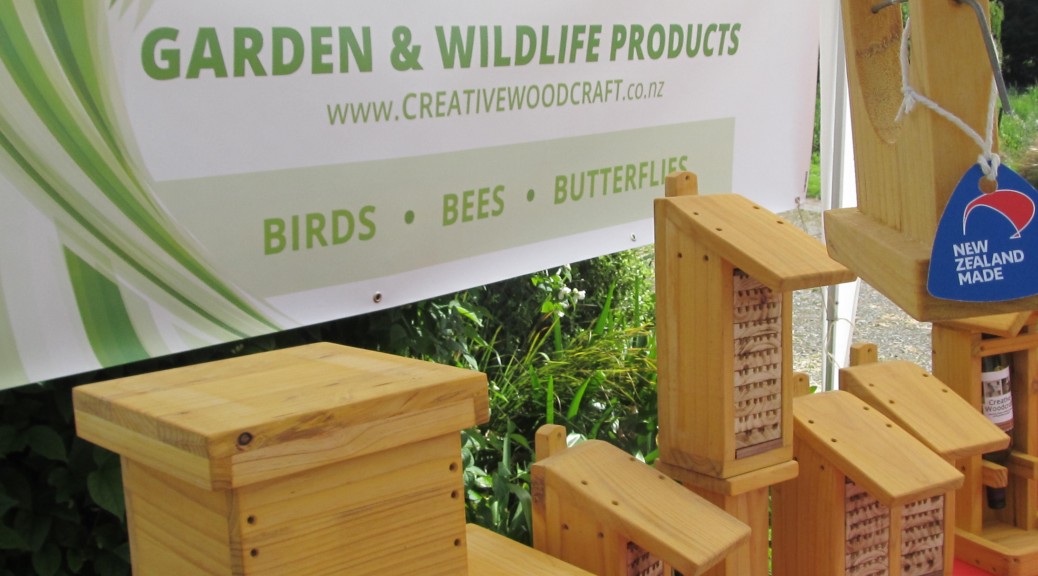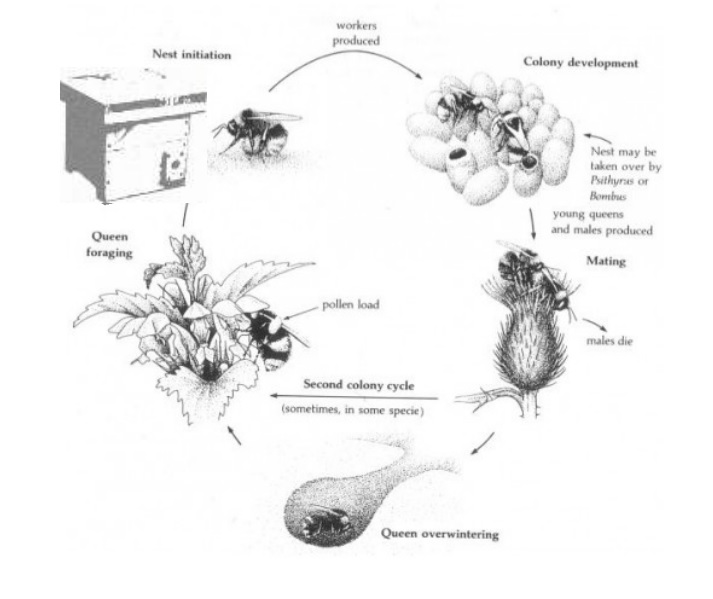Creative woodcraft is a specialist supplier of quality handcrafted solitary bee houses and other bee related products, endorsed by leading NZ entomologist.
Pollination Solutions for the Home Gardener – NZ’s only supplier of Leafcutter Bees
Blogger: Forest & Bird’s Web Manager, Mandy Herrick
As the mercury rises, the almighty insect kingdom is truly awakened – cicadas beat out their rambunctuous song, butterflies burst onto the scene and honey bees swarm in search of a new residence.
New Zealand has eight types of introduced bees that were brought here for their honey-making abilities or to aid in pollination. The large majority of our bees though are native (27 species).
Compared with our introduced honey bees – gregarious, social-gifted and flamboyantly dressed – our native bees can appear somewhat drab.

The majority of our bees are fitted out in a funereal colours – yes, mainly blacks and dark greys – rather than the hairy, lurid, stripy outfits of their Italian cousins. And these primitive bees nest alone in small tree holes or tunnels in the ground – not an elaborate labyrinth of nesting cells that are abuzz with industrious workers, gigantic, egg-laying queens and sperm-carrying drones.
Most of our bees go about their lives in a solitary manner – they’ll find a mate around some flowers – and then create a cell to accomodate their baby. They’ll provision it with pollen and nectar, and then lay their eggs.
So if you’re out an about this summer, look out for these wee bee holes (pictured). And although they don’t live communally, they often prefer the same type of ground (they’re rather fussy about this), so if you see series of pock marks in the ground, sit and wait a while to see if a bee clambers out of one of these holes.
Some of our bees choose to live underneath soft-loose sand which you’d think is rather foolish given its liability to cave in, however they come equipped with a sophisticated internal geo-mapping system that allows them to find their little bunker in the hard-packed sand underneath.
If you’re an enthusiast, and you’d like to spend a little time studying our bees, rest assured you won’t need a protective suit, because our bees don’t have the sting of a honey-bee. The sting is in fact an adapted ovipositor (or egg positioner) that allows workers bees to defend their patch. Our bees are patch-less, so these kind of elaborate defence mechanisms are not needed.
Our bees are key pollinators of our native plants, and some have the particular know-how to get at the nectar and pollen of some of our threatened explosive mistletoes, so creating suitable habitat is important .
That said, establishing a colony in your back-yard can sometimes be rather difficult if you have not provided suitable habitat– but there are some things that you can do to encourage them to become temporary visitors if not permanent ones:
- First off, establish a patch of bare ground and furnish your garden with a good mass of flowers.
- Consider providing a Solitary Bee House. These habitats are designed with a variety of nesting hole diameters to encourage a wide range of native and introduces species of bee. They are also designed for easy inspection and cleaning of the nesting tunnels allowing for many years of use.
And if you’re near a forest – make sure it’s filled with manuka trees – this is one their favorite foods. Then just wait, and watch for one of our skittish, black-suited bees to come your way.
www.creativewoodcraft.co.nz
Pollination Solutions for the Home Gardener - NZ’s only supplier of Leafcutter Bees











